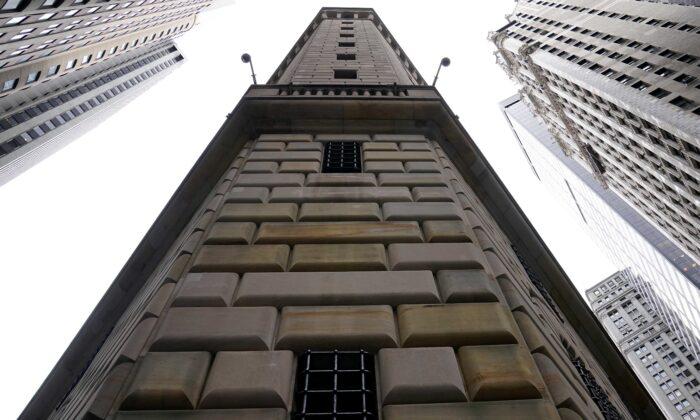The U.S. Federal Reserve made key adjustments last week to its Main Street Lending Program, including reducing the loan amount and adjusting fees, to help expand access to the program that has seen little use since it launched over the summer.
Almost 400 loans totaling $3.7 billion have been made through the program so far, the Fed said on Oct. 30. That is a fraction of the $600 billion in loans available through the initiative, which was created as part of the Coronavirus Aid, Relief, and Economic Security (CARES) Act with $75 billion in backing from the Treasury Department.
The Fed said it was lowering the minimum loan amount to $100,000 from $250,000, complying with a change requested by small business advocates who were concerned the program was not accessible to some mom and pop shops affected by the pandemic. The Fed also adjusted fees charged by the program to encourage the issuance of smaller loans.
The Fed also clarified that Paycheck Protection Program loans of up to $2 million should be excluded when determining loan amounts for the Main Street Lending Program, which could open the program up to more small businesses.
Fed documents show that so far, fewer than 100 banks have made loans through the program. One barrier is that the program, whose terms are also set by the Treasury Department, requires banks to take most of the risk for losses on the loans.
The Oct. 30 tweaks—the latest in a series of changes the Fed has made to make the program more accessible—doesn’t address that issue.
Main Street loans became available to nonprofit organizations over the summer but as of Sept. 30 the nonprofit program had no borrowers, Fed documents show.






Friends Read Free